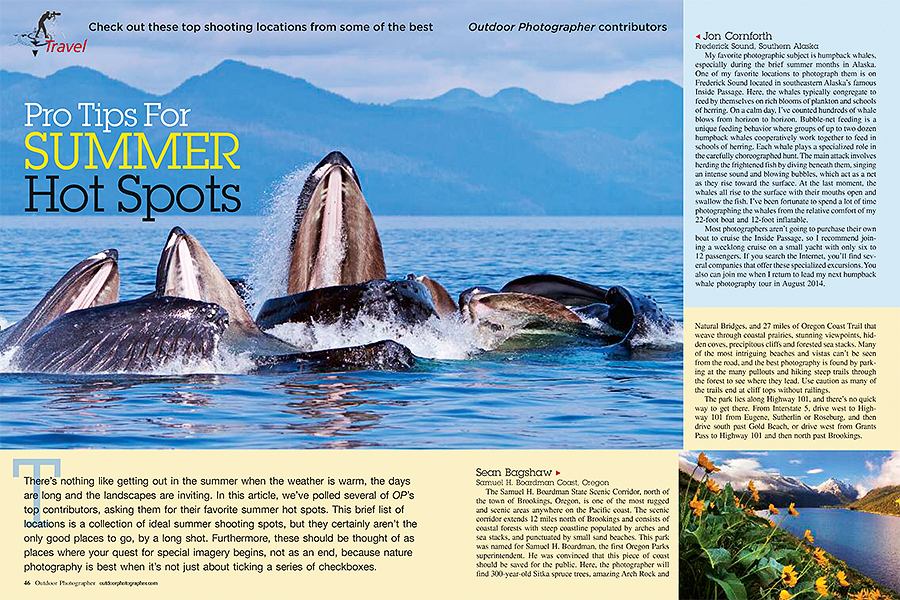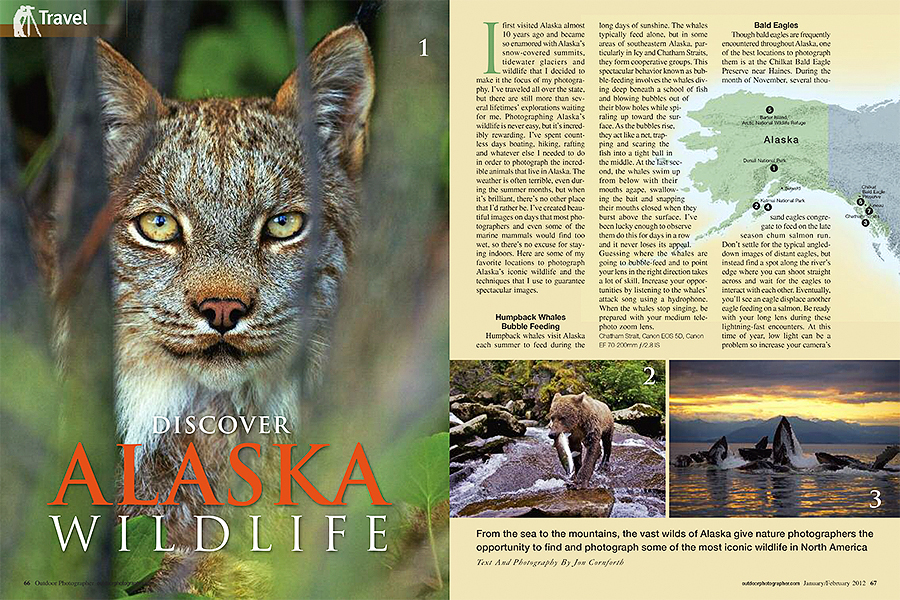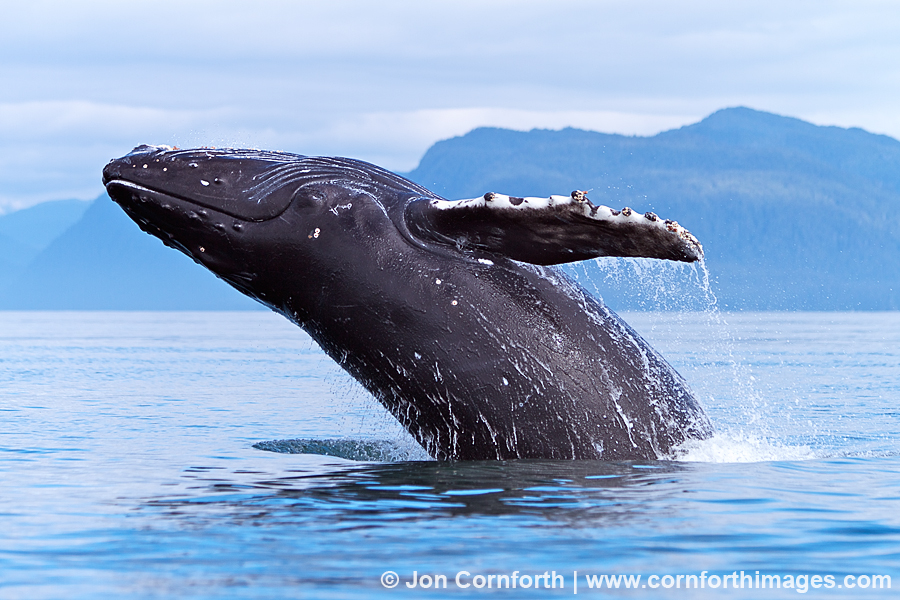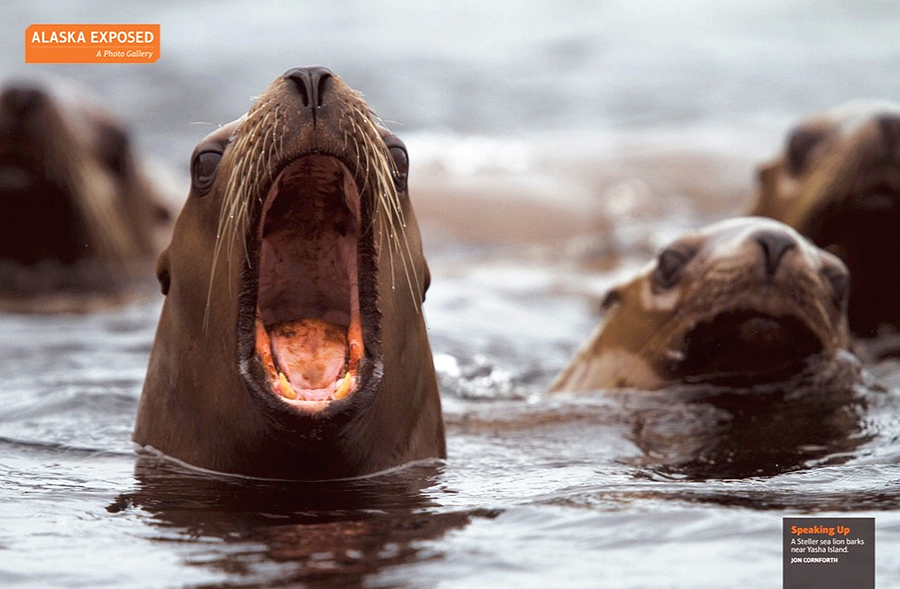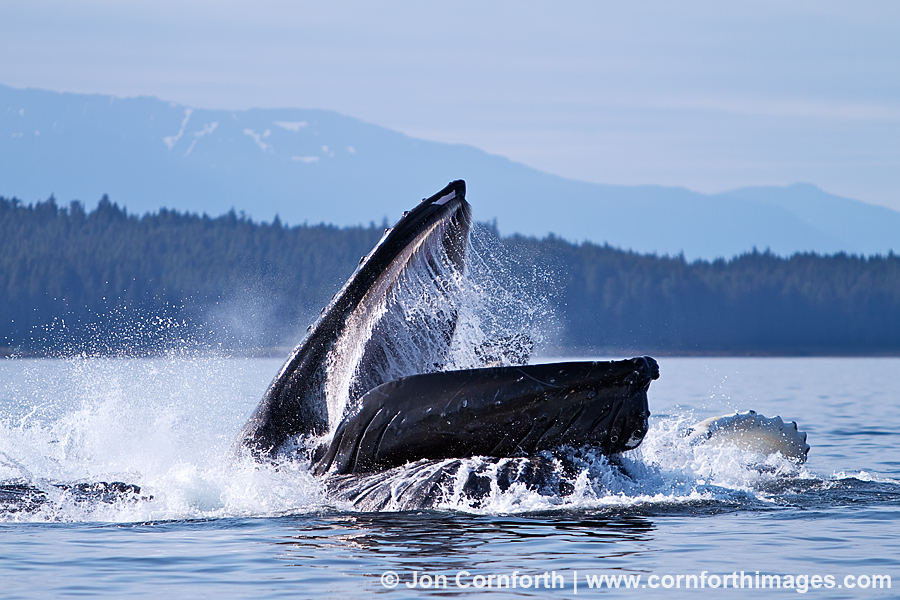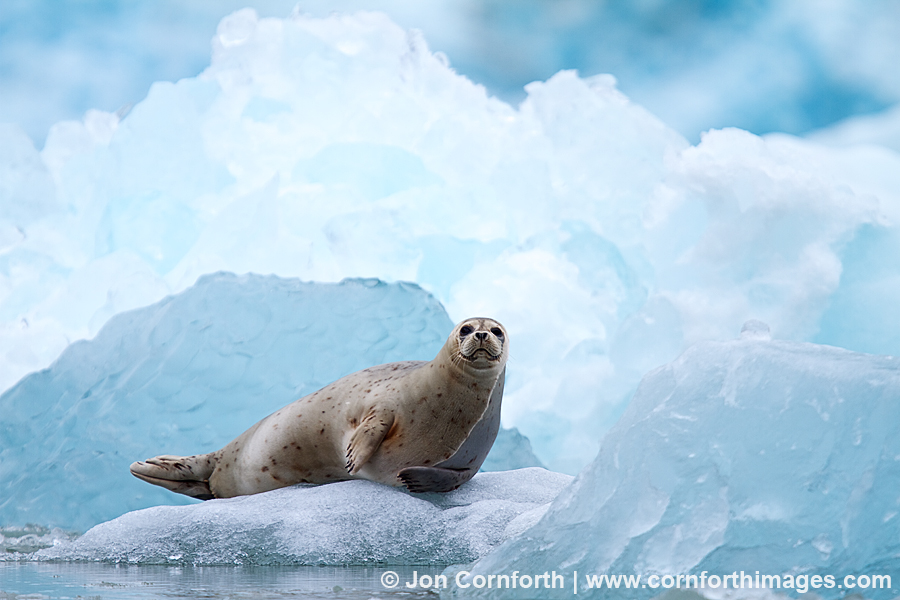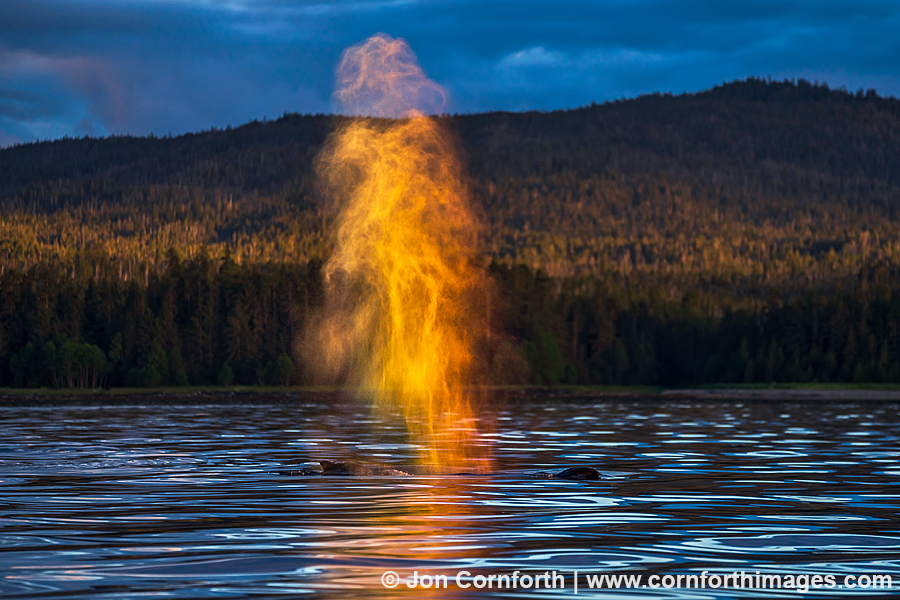
Humpback Whale Blow 100
Posted onThis past July, I lead my only photo tour of the last 2 years. It was a pleasure to be able to spend time searching for humpback whales with my friends Tony Wu, Steve Levi, and Doug Perrine. Unfortunately, we had to search longer and farther for whales than anytime since I first started visiting Southeast Alaska over a decade ago. Eventually, we located a group that was cooperatively bubble-net feeding in Frederick Sound. During the evening that I photographed this scene, the ocean was calm and the sunset light was prolonged. I love the dark clouds and tree covered hills in the background as the golden light illuminated this whale’s breath. If you look closely, there is also a faint rainbow visible near the base of the blow. It took luck and skill built up during my years of experience in order to compose this image while also piloting the skiff and shooting at the same time.


